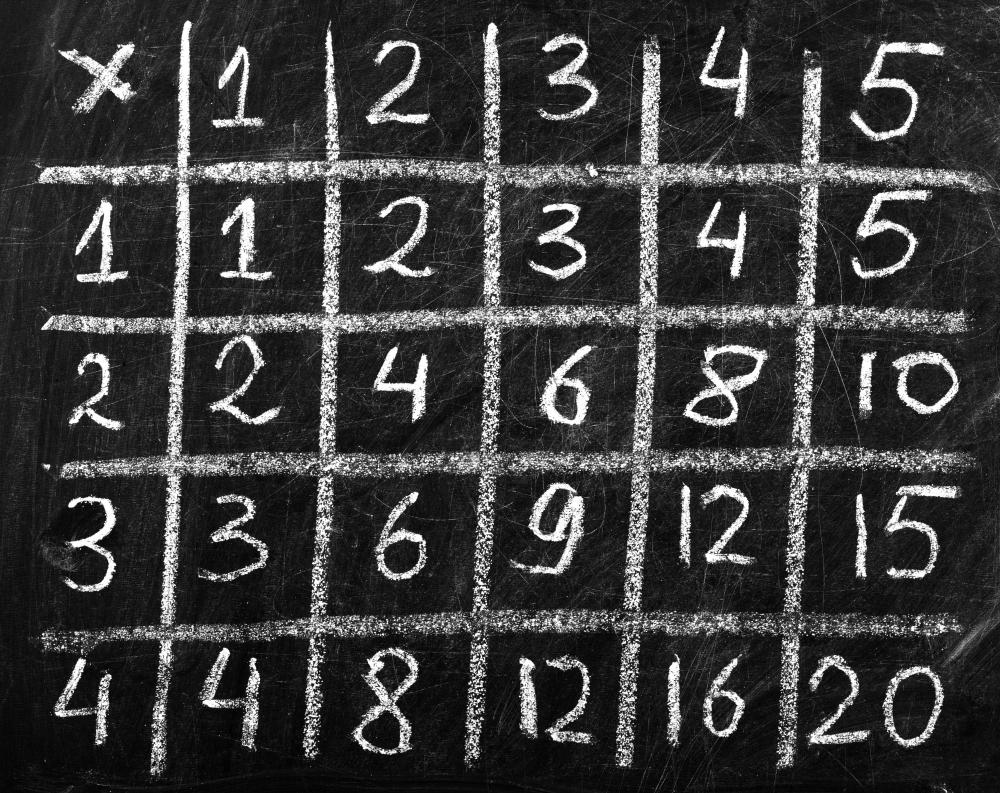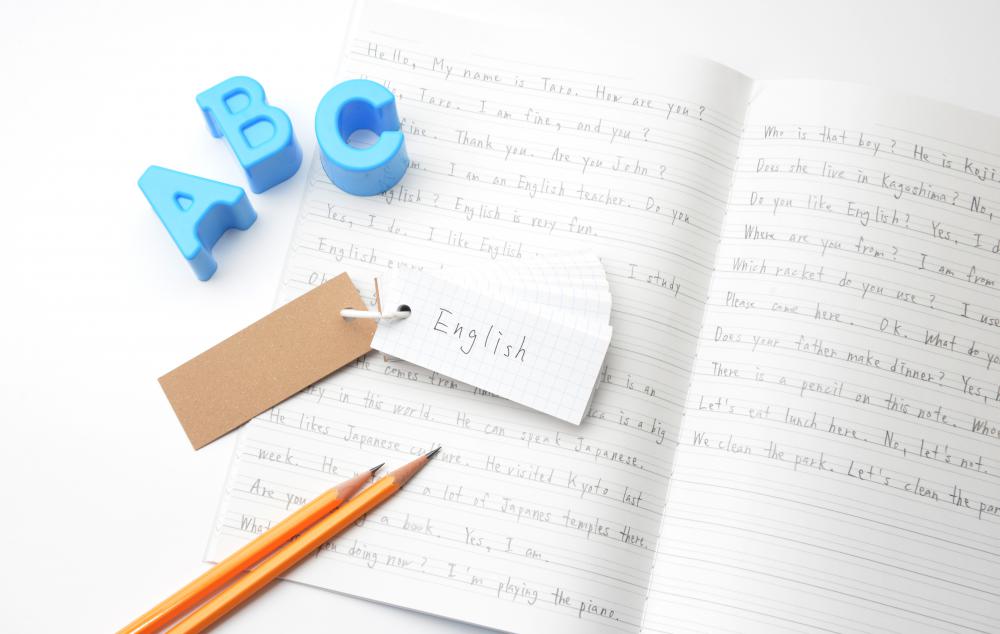At PracticalAdultInsights, we're committed to delivering accurate, trustworthy information. Our expert-authored content is rigorously fact-checked and sourced from credible authorities. Discover how we uphold the highest standards in providing you with reliable knowledge.
What Are the pro and Cons of Rote Learning?
Rote learning is a method of education in which students are taught to memorize and recite basic facts, often through a great deal of repetition. This is as opposed to critical thinking or problem solving, in which students are forced to apply the concepts they have learned to theoretical or example problems. There are some pros to rote learning, primarily that students are able to quickly recall these basic facts when asked. The downside is that with a lack of critical thinking application, students may have trouble applying the facts they have learned to real-world situations. They may also not really understand the more advanced concepts behind the memorization.
Experts generally agree that to a certain point, rote learning is important and necessary. For instance, students need to memorize things such as the alphabet and how to spell words. On the other hand, when it comes to proper grammar usage, it is much more important to understand the concepts and principles than simply memorizing a series of complicated rules. Students also need to learn basic math such as their multiplication tables by rote, but they also need to understand more advanced concepts in order to solve more complex mathematical problems. Thus, rote learning builds the foundation so students can learn more difficult concepts, and this is the biggest "pro" of this method of instruction.

The cons to using rote learning with more advanced subjects are generally that students may immediately forget the facts they have learned after the test, and may not fully understand the concepts to begin with. For instance, if a student is studying a piece of literature and knows he or she needs to memorize the character's names, the setting, and other basic facts for a test, he will probably not have a very deep understanding of the actual meaning of the work. He will then likely forget all the other facts shortly anyway.

This is because, while rote learning is a good place to begin, it is not the way humans interact with the world around them most of the time. We learn by seeing how a familiar concept can be applied to a more advanced or challenging problem. In many situations, a simple list of facts would simply not be helpful. This is why curricula are often structured with a basis of rote learning followed by a much lengthier period of applied, practical study and critical thinking. Both types of learning are important, but they work best when they complement each other, rather than as a single method of instruction.
AS FEATURED ON:
AS FEATURED ON:














Discussion Comments
I am considering that I may need to emphasize activities in our vocabulary program to foster more advanced connections between words. Using a technique like the triangle association would increase understanding beyond the provided definitions which do not entail shades of meaning or use the words in context. Today a student wrote something like, "He counted his mother's introspection." Of course, wide reading would expose students to proper use of the words in context.
Rote memorization is necessary for rudimentary knowledge, and is the basis for more complex thinking.
In the 70's, most of the stuff I learned at primary school was by rote. Although I am very logical and analytical, I wouldn't say I am great at thinking of "out of the box" solutions. However, I am excellent at adding solutions to a pre-existing base. I sometimes wonder whether all those years of rote learning made it harder for my brain to think creatively. I personally think there is a balanced need for both learning via rote (e.g. spelling/tables) and learning via creative exploration.
My high school Latin teacher taught us all of the noun declensions and verb tenses through the use of flash cards. We learned them all by rote, and at any time he could point at one of us and ask for a specific list of endings. Because of all that repetition, I can still remember the entire list thirty five years later.
I agree with the author of this article when he or she said rote learning by itself may not be the best way to understand the concepts behind a complex subject, but I have to say that having some things memorized ahead of time did help us figure out more challenging aspects of the language.
Post your comments